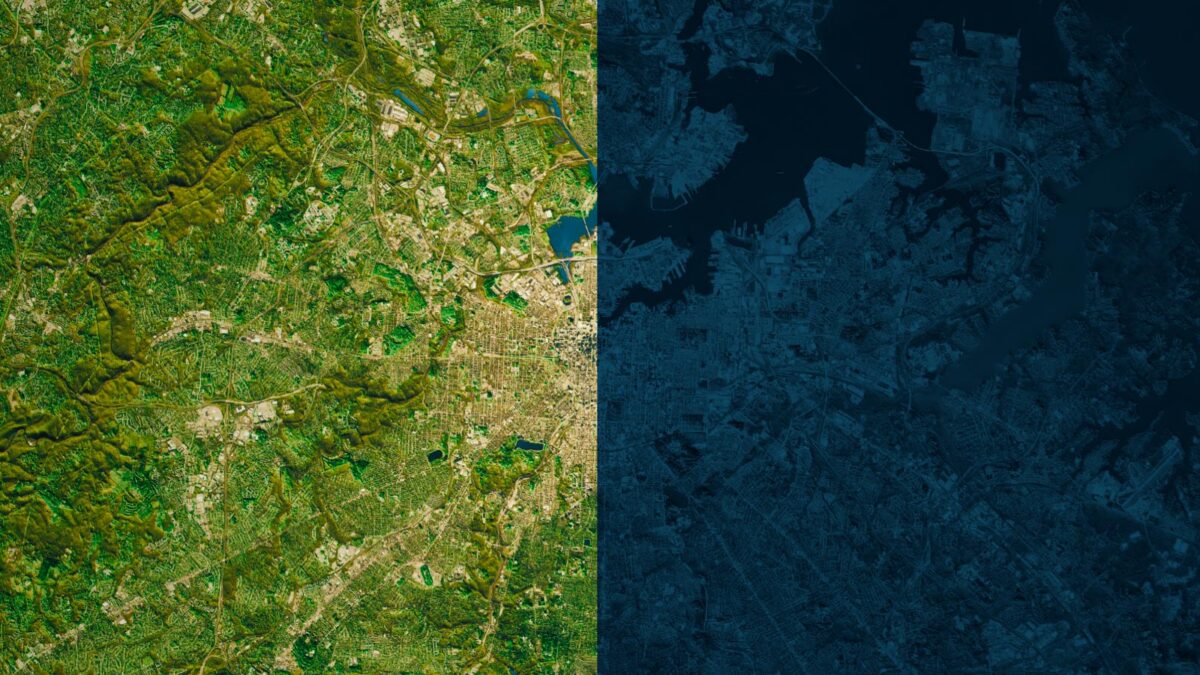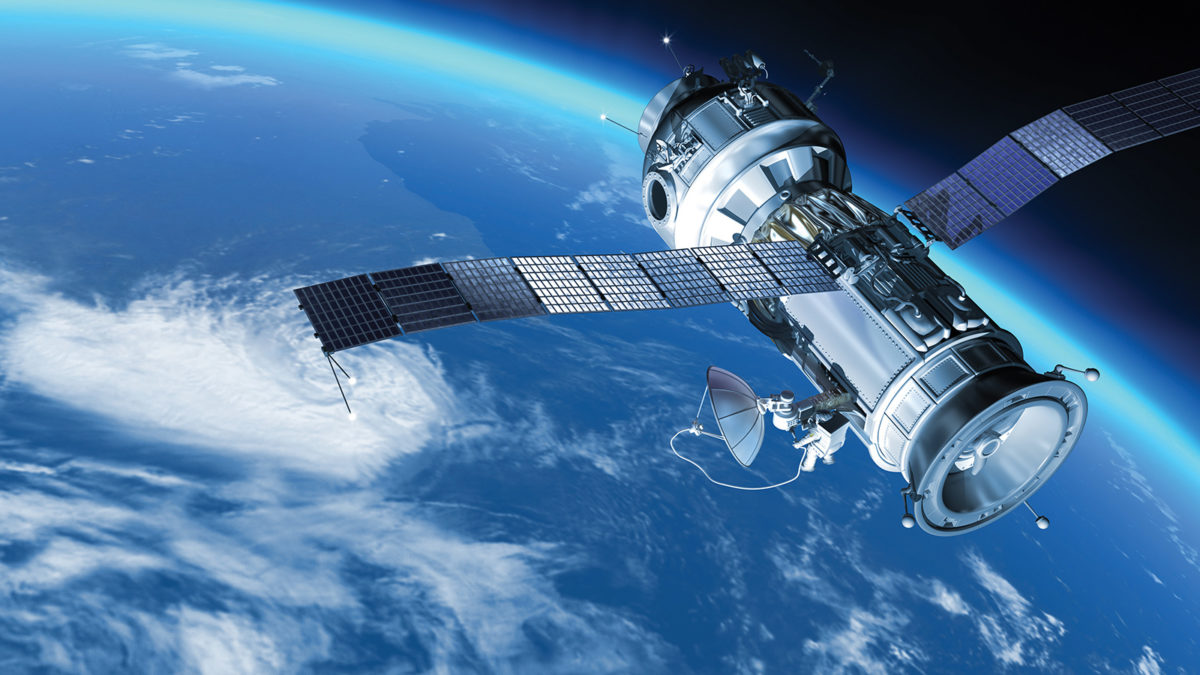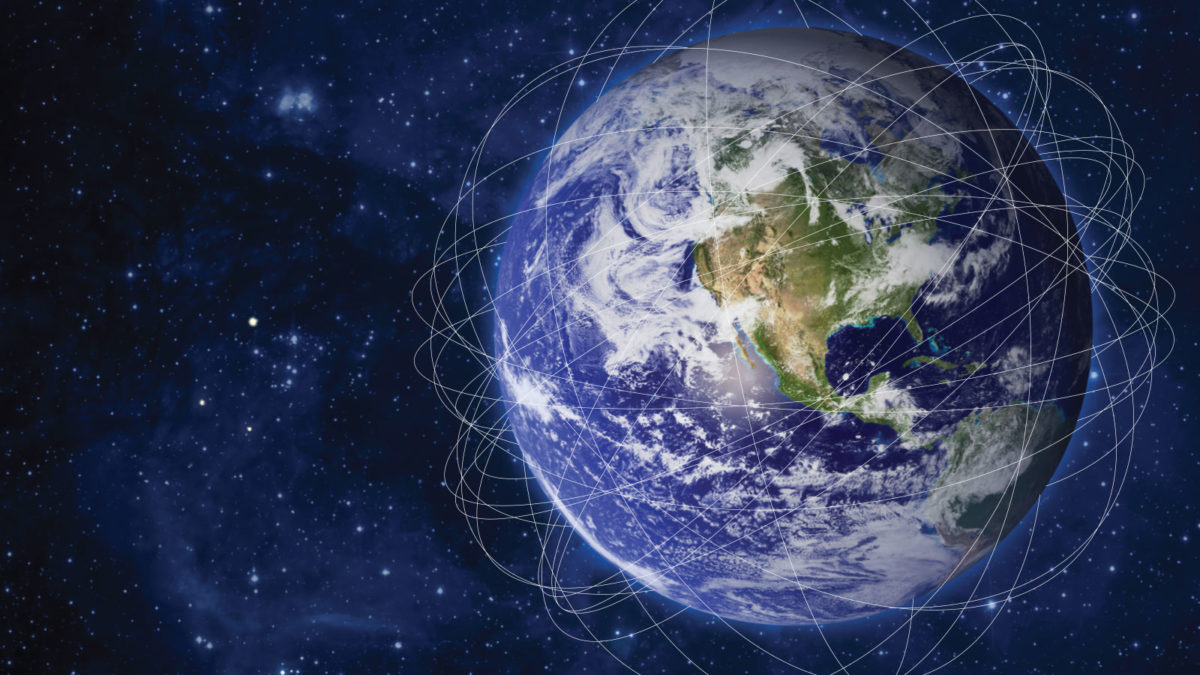By Hope Hodge Seck
April 1, 2024
Methane is invisible, odorless in low concentrations and a byproduct of raising cattle and drilling gas and oil for energy. The arrival of MethaneSAT in orbit last month has sparked new hopes among environmentalists that businesses will soon be held accountable for their methane emissions and that this will prompt them to improve their self-monitoring. Hope Hodge Seck looks at the fine points of identifying polluters from space.
By Cat Hofacker
September 1, 2023
Nadya Vinogradova Shiffer
By Debra Werner
September 1, 2023
July 1, 2023
When imaging a ground target, the amount of detail a synthetic aperture radar satellite can depict depends in part on how long it can observe the target. One of the commercial leaders in the field, the Finnish company ICEYE, has nearly tripled how long each of its satellites can observe a target. ICEYE’s John Cartwright explains the history of its Dwell product inaugurated in May.
By Debra Werner
March 1, 2023
By Cat Hofacker
May 1, 2021
The Port of Los Angeles
By Moriba Jah
November 1, 2020
By Debra Werner
May 1, 2020
Europe and Japan are leading the way toward cleaning Earth orbit of debris; satellite operators around the world must be ready to dodge debris and each other. It’s a chaotic situation that, to some, feels like an abdication of the U.S. government’s traditional leadership role in matters of space at a time when it’s never been more needed. Debra Werner examines the arguments and a potential solution.
By Adam Hadhazy
February 1, 2020
No longer the sole purview of government space agencies and researchers, methane monitoring from space is emerging as a private-sector enterprise, with potential benefits for industry as well as climate science. Adam Hadhazy checks in with the market leaders.









